Taraweeh, the plural word of ‘Tarweeha,’ which means ‘rest’ in Arabic, is the propitious ritual of the holy month of Ramadan, where Muslims gather to stand side by side and pray together.
Mosques in Cairo during Ramadan become crowded after the Isha prayer, as people follow the Sunnah of the Prophet Muhammed and perform Taraweeh prayer.
Mosques play an important role in creating a spiritual Islamic atmosphere, depending on the place, the architecture, the Sheikh, and the religious and historical significance.
Some of the most sacred and ancient mosques in the world are in Cairo, Egypt, and each has its character that plays a great part in the spirit of Ramadan.
Amr Ibn al-As Mosque
It is one of the oldest mosques in Egypt and Africa, built in the year 642 by the Arab Commander and companion of the Prophet Muhammad, ) in Egypt’s Islamic capital, Fustat. Located in the Religious Complex in Old Cairo, it was built in the traditional Islamic style, with a large central courtyard, four minarets, and a prayer hall with a domed roof.
Despite most of its original structure being replaced over the years, the mosque’s historical and spiritual significance keeps it a place of gathering for the Muslim community.
Ibn Tulun Mosque
Ibn Tulun Mosque, built in the Abbasid period in the year 879, is a UNESCO World Heritage Site. It is one of the oldest mosques in Egypt, located in the Sayyida Zaynab district, in al-Khudairi Street, Cairo. Commissioned by Ahmad ibn Tulun, an Abbasid governor of Egypt, it was designed by Said Ibn Katib Al-Farghani, an Orthodox Christian, Egyptian architect.
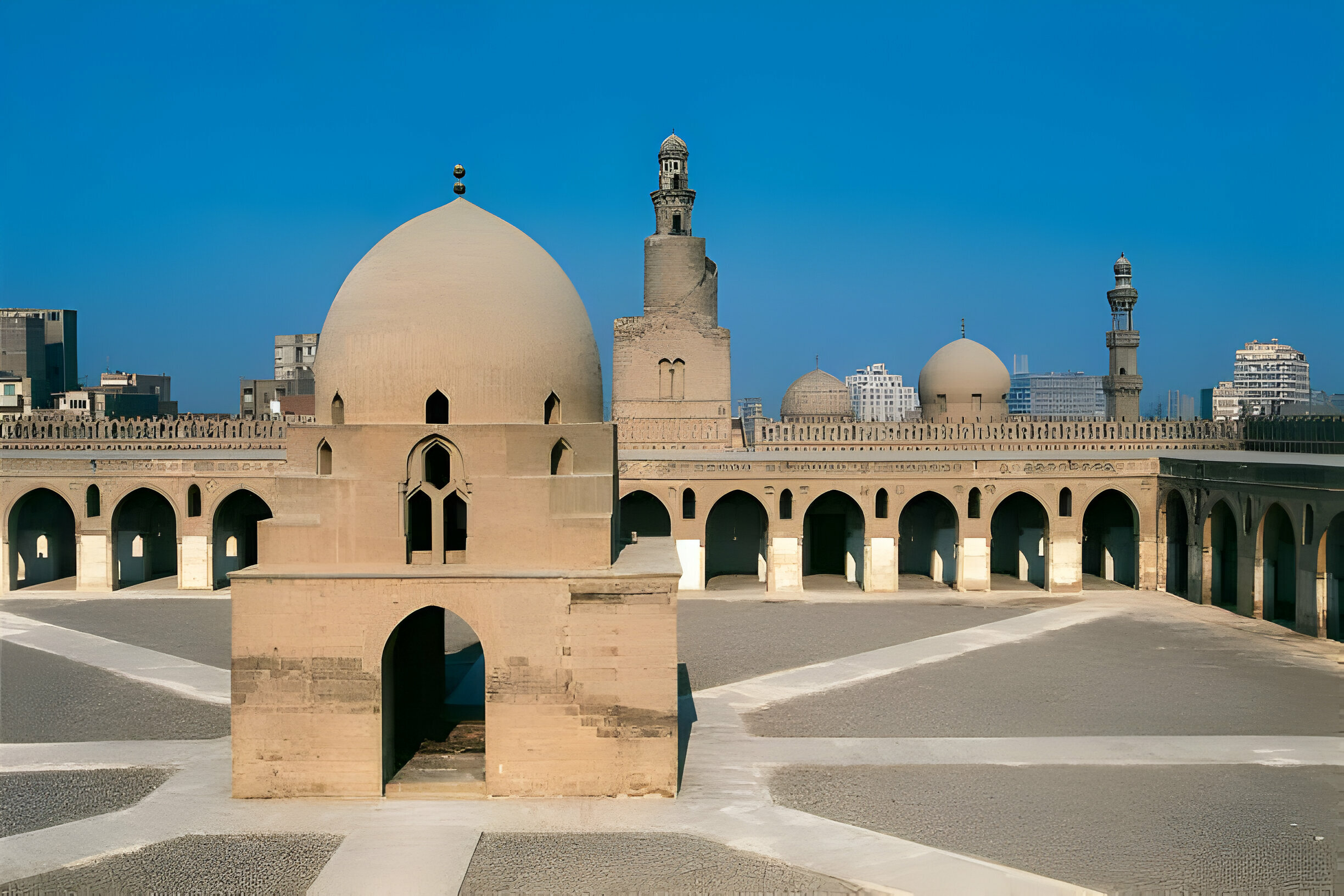
The mosque is celebrated for its unique Islamic architectural styles, including a massive courtyard, spiral minaret, and large prayer hall. Its walls feature 128 arched windows crafted from pierced stucco, showcasing intricate geometric and vegetal designs.
Al-Azhar Mosque
Al-Azhar is the first mosque to be built in the Fatimid city of Cairo, located at El-Darb El-Ahmar, El Gamaliya. It was built by the orders of the Fatimid Caliphate in the year 970, initially serving as a center for Islamic education. Evolving over a millennium through multiple expansions, the building seamlessly integrates various elements of architectural traditions including Fatimid, Mamluk, and Ottoman styles.
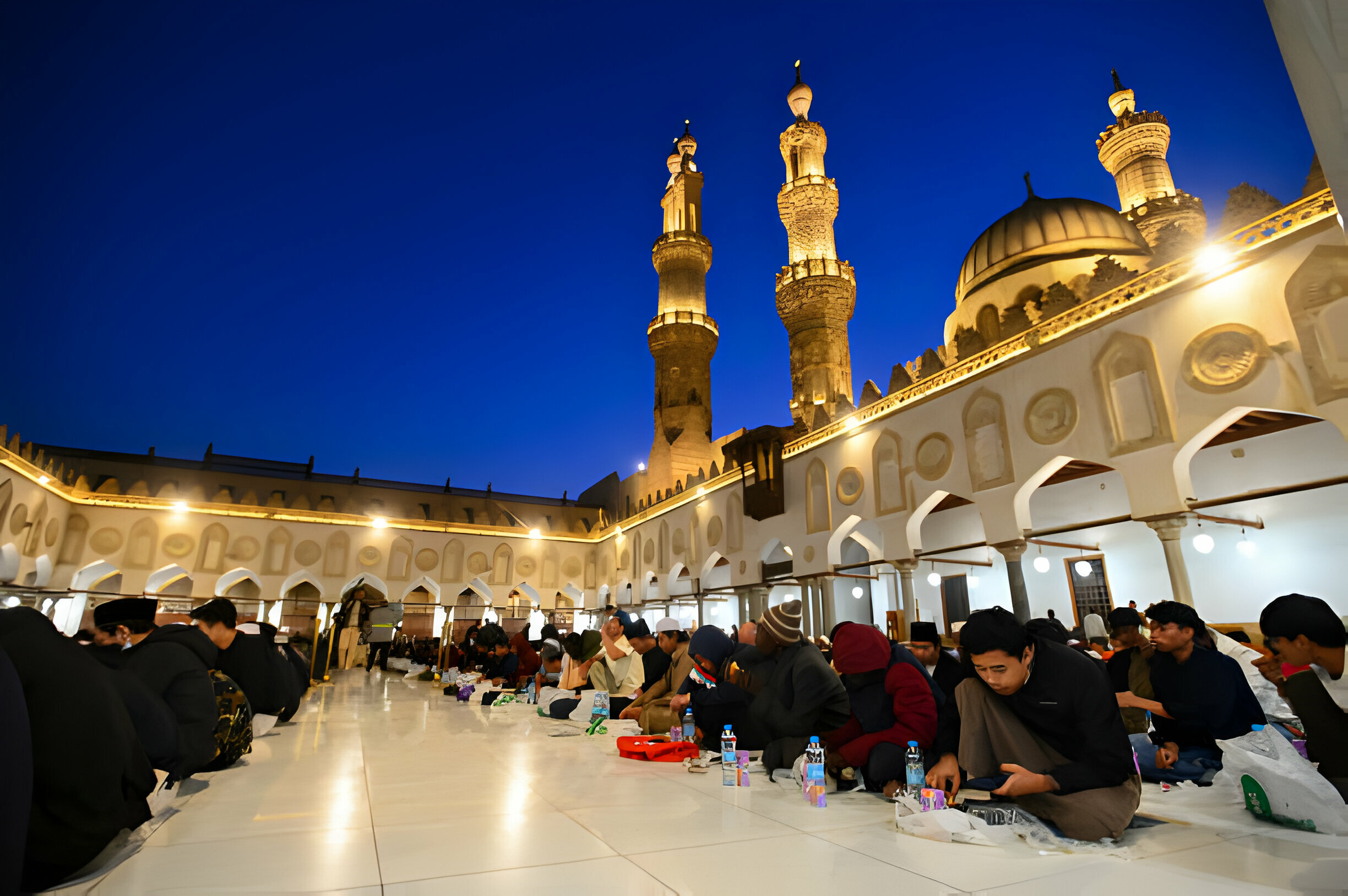
Its spacious prayer halls, embellished with intricate decorations and calligraphy, provide a serene environment for worship and contemplation that can not be overlooked.
Al-Hakim Mosque
The mosque is a landmark in Egypt’s Al Moez Ldin Allah Al Fatmi Street, near Bab al-Futuh. It was built by Al-Hakim Bi-Amr Allah, the Fatimid caliph, in the year of 1013. The mosque flaunts a rich and historical value, having served as barracks during the French campaign, where its minarets were repurposed as watchtowers.
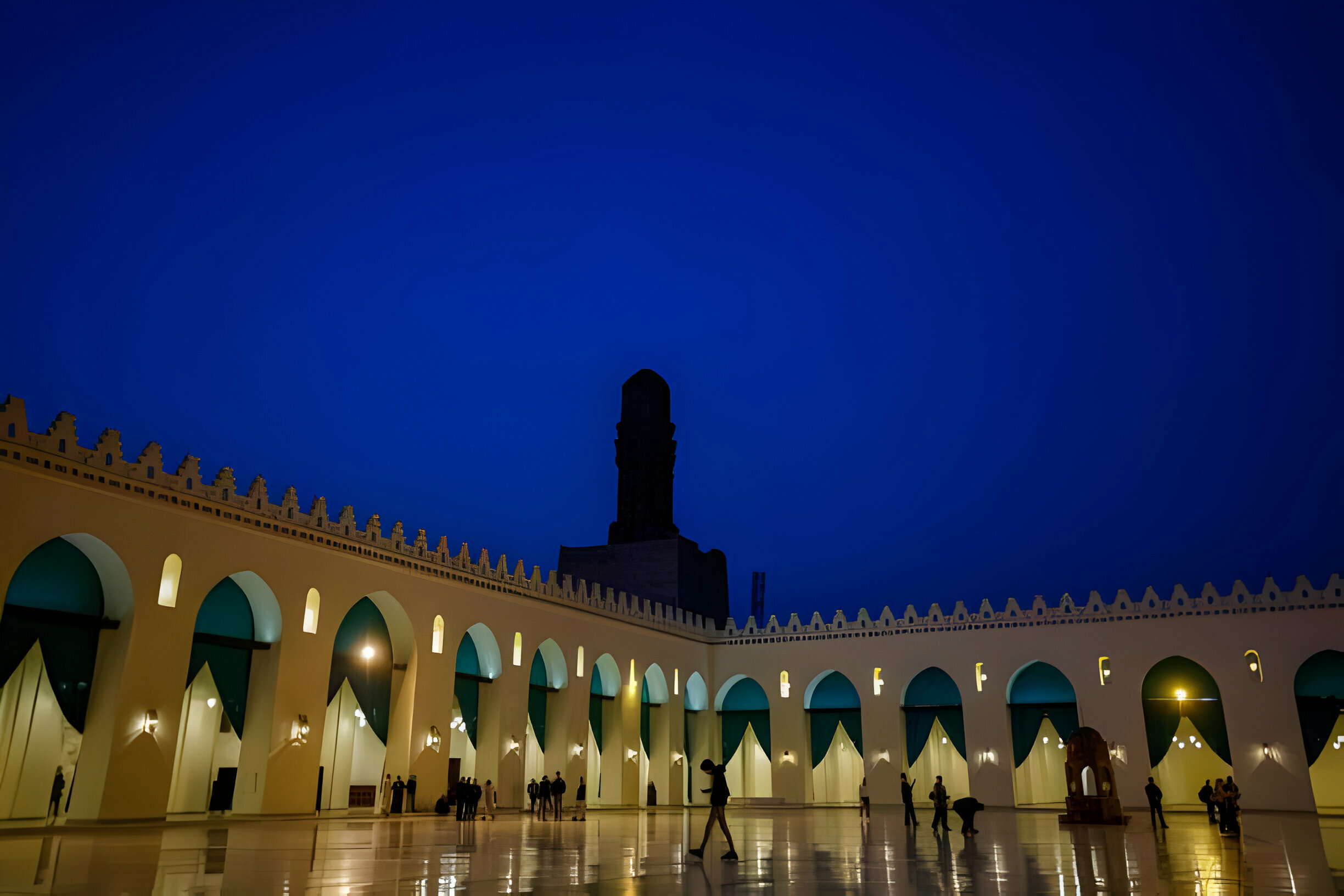
The mosque is renowned for its distinctive architectural features, including its minarets, domes, and intricate decorations, influenced by the great Mosque of Mahdiya in Tunis.
Al Emam El Hussein Mosque
It is named after the Prophet’s grandson, Hussein ibn Ali, and it is thought to be one of the holiest mosques in Egypt. The mosque was built in 1154, featuring three marble-built doors overlooking Khan el-Khalili, along with another door next to the dome known as the Green Door.
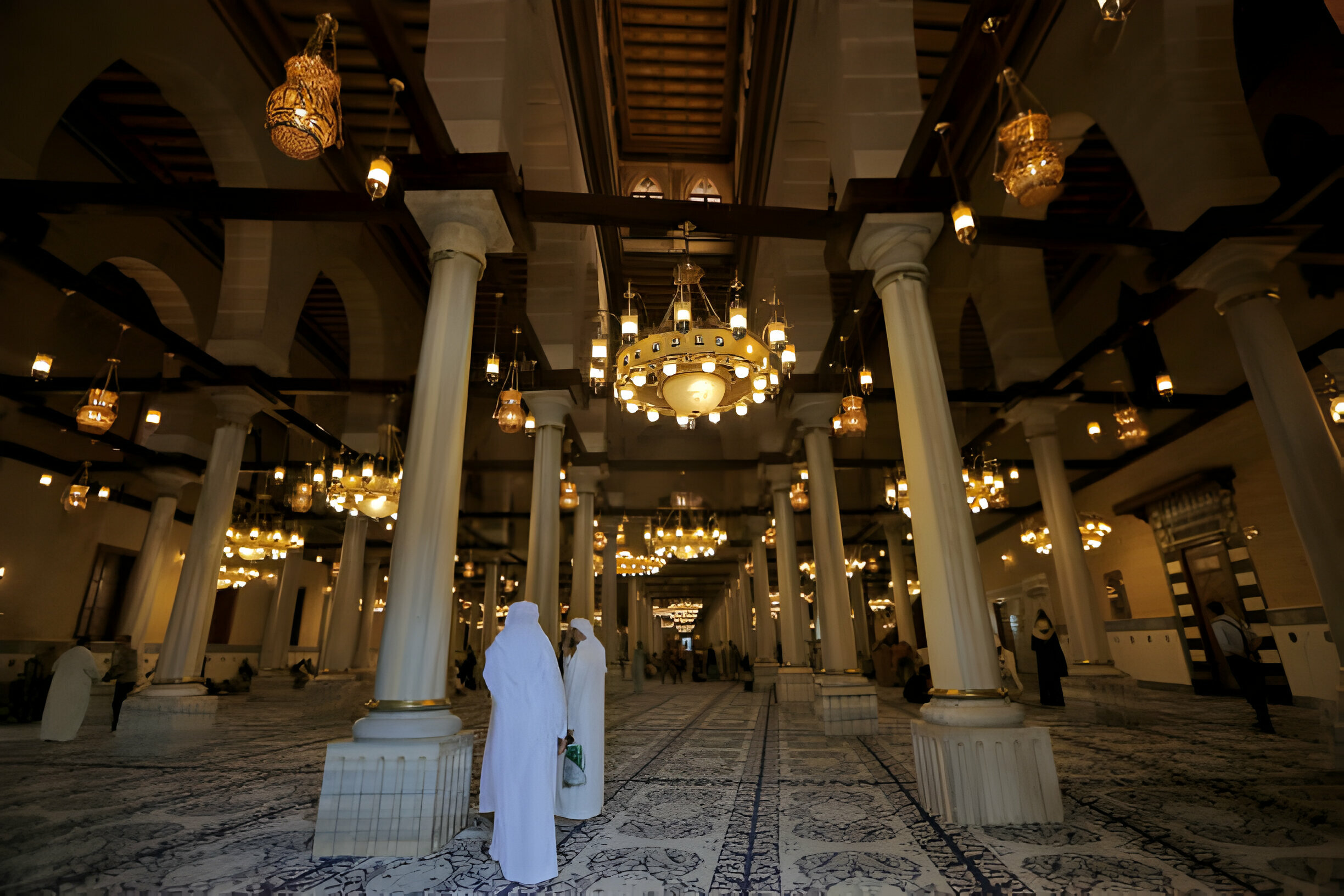
It was created with an original Fatimid architectural structure, and later a minaret, with arabesque patterns popular in Islamic architecture, was added by the Ayybids in 1237. It was renovated in 1874, inspired by the Gothic Revival Architecture.
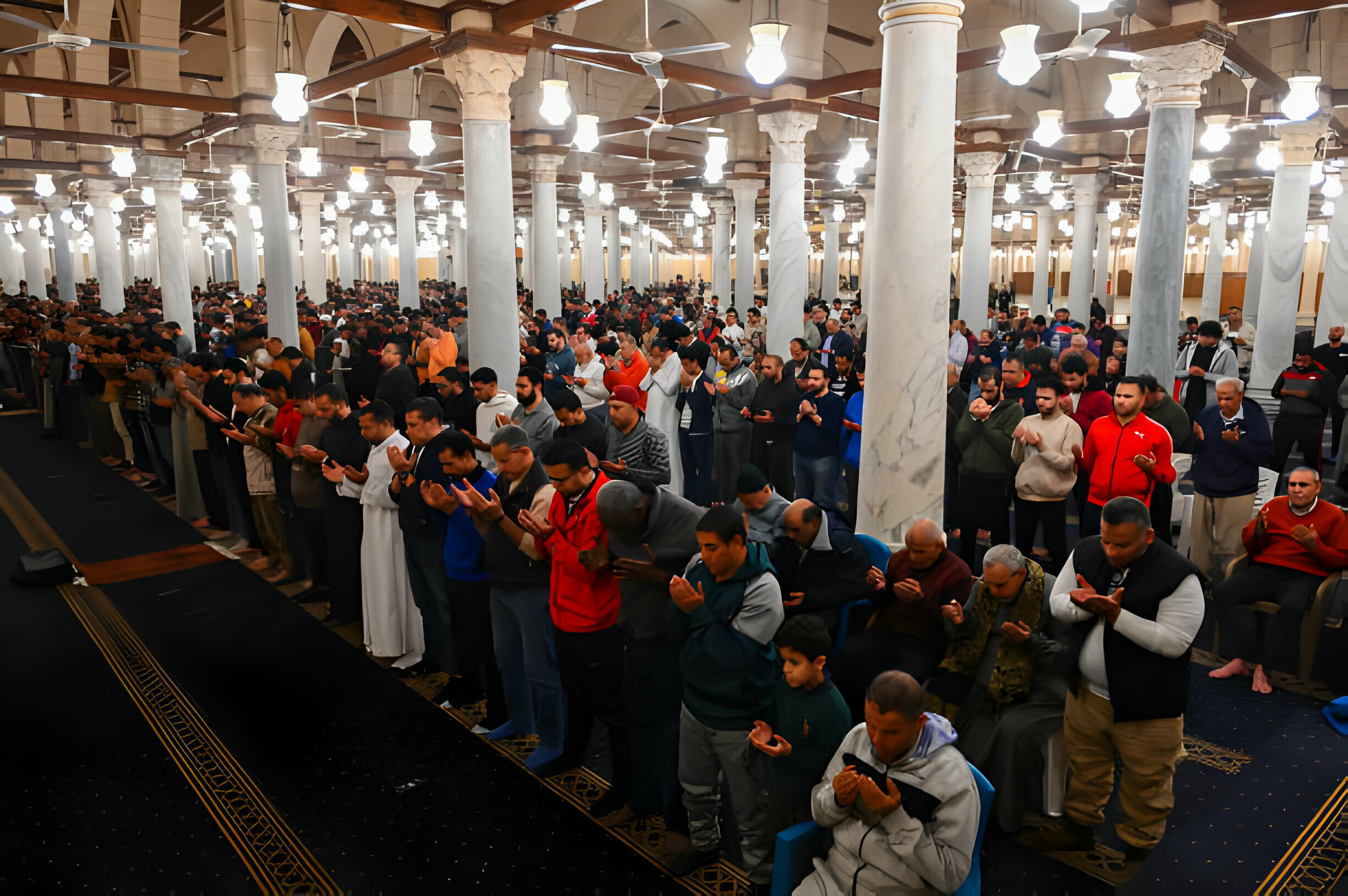





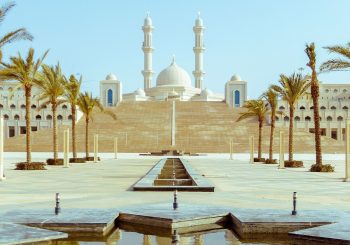
Comments (0)